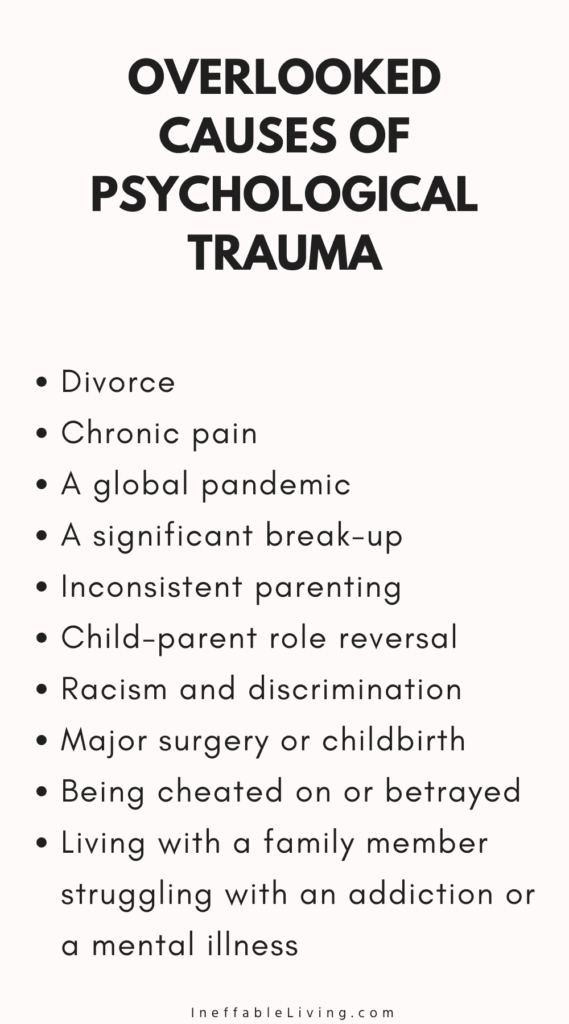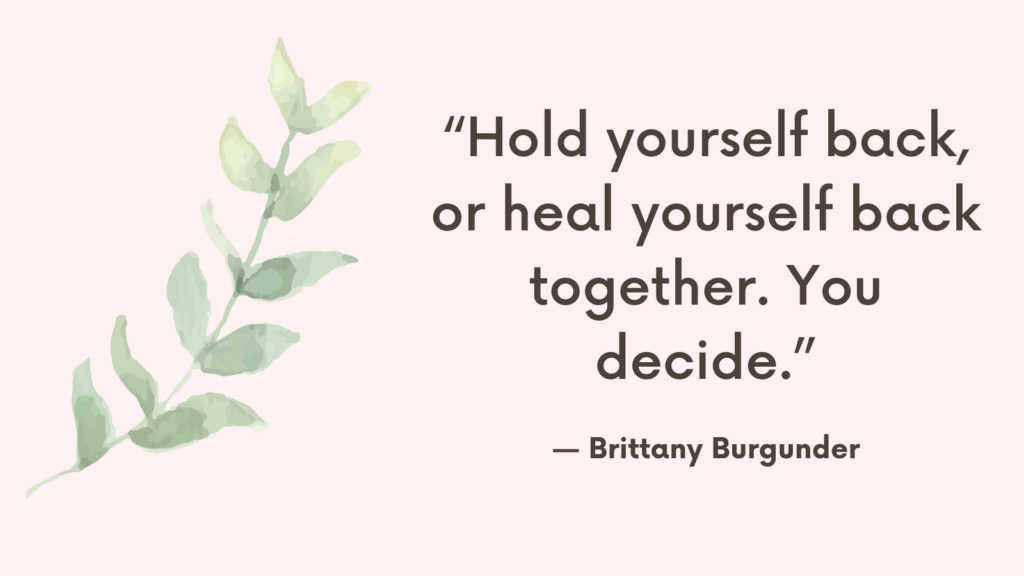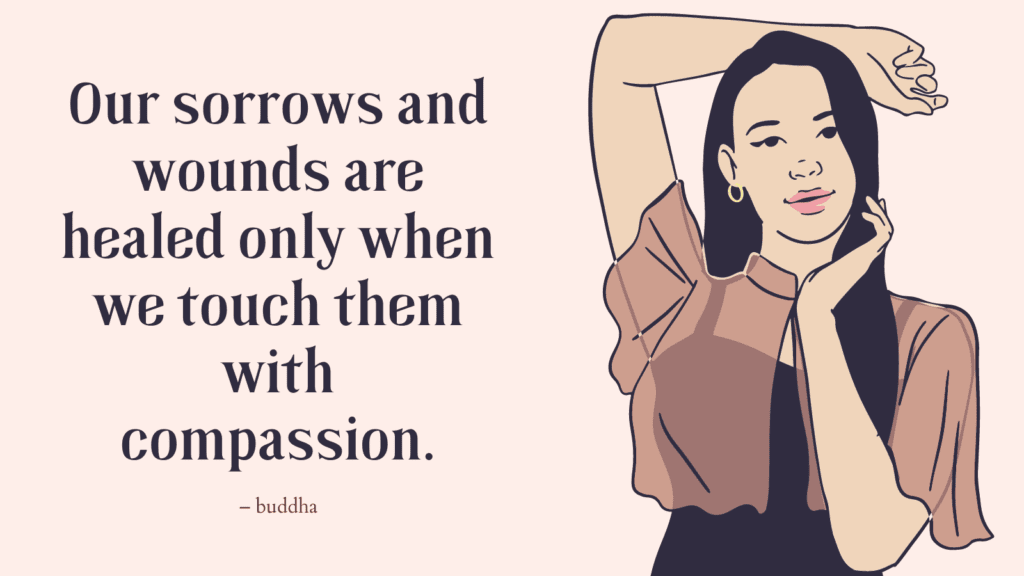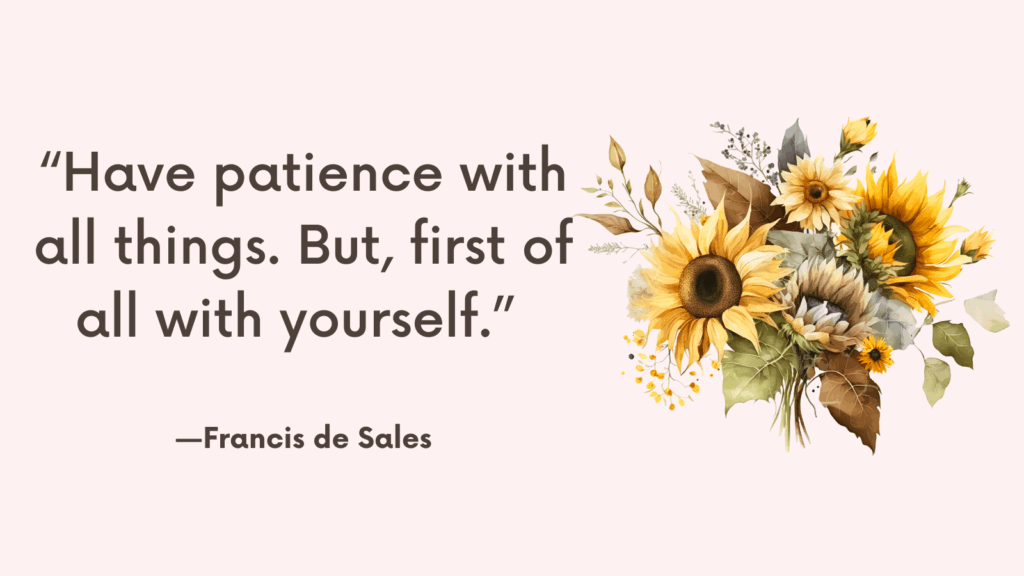Today, you’re going to learn all about brainspotting and how to practice self-brainspotting safely.
What is a Brainspot?
A brainspot is where the eye goes for a more direct access to the emotions/body sensations (negative or positive).
Everyone has Brainspots for different emotional states. You may find yourself looking to your bottom left when sad, looking to your top left when anxious, or looking center when excited. But brainspots aren’t particularly fixed.
In other words, how you feel affects where you look, but the opposite is also true: where you look affects how you feel.
Related: Why Is Trauma Therapy So Hard? (+Best Trauma Healing Exercises To Support Your Recovery)

What Is Brainspotting (BSP)?
Brainspotting (BSP) is a technique that helps you process a distressing event by focusing on brainspots associated with that distress.
For example, if you tend to feel most discomfort when looking to the bottom left, that is a brainspot for the particular event you want to process.
When you need to do then is to fix your gaze in that direction while noticing any thoughts, emotions, and bodily sensation that might arise until the emotional charge related to the distressing event dissipates.
This is when you know you have fully processed the event.
Related: 7 Trauma Release Exercises To Support Your Recovery After Trauma
Self Brainspotting
It’s possible for you to do Brainspotting on your own. This is called Self-Brainspotting.
How to Practice Self Brainspotting Safely?
Instructions
1. Choose a mildly distressing event that you want to process (e.g., feeling anxious about an upcoming interview, feeling upset after a heated interaction with a loved one, etc.).
On a scale from 1 to 10 where 1 is not distressing at all, and 10 is overwhelmingly distressing a 4 or 5 should be your aim here.
2. As you reflect on the event, notice where your eyes go. That is your brainspot.
If you find it difficult to naturally find the brainspot related to the event, try finding more deliberately. Start with center and notice how you feel then move to the right, then to the left and notice where your pain intensifies.
Then move your eyes up and down and notice where the pain intensifies. That is your brainspot.
3. Allow your gaze to linger in that direction while noticing any thoughts, emotions, and bodily sensation that might arise until the emotional charge related to the distressing event dissipates.
You may also use a pointer or use your finger to help you focus on your brainspot.
Find a Brainspotting-Trained Therapist
For events that are too distressing, consider connecting with a Brainspotting-trained therapist to help you process the more distressing stuff safely.
If you want to find a certified Brainspotter, you can access the Brainspotting Directory.

Effectiveness of Brainspotting
Brainspotting is a relatively new technique and research on its effectiveness is still ongoing.
However, some studies have shown promising results indicating that brainspotting can be an effective therapy for addressing a range of issues, including anxiety, depression, stress, and post-traumatic stress disorder (PTSD).
One study found Brainspotting to be more effective than EMDR and CBT.
The study also found that patients continued to get better after their treatment was over when all other modalities showed patients’ symptoms returning at the 6-month follow-up.
References
- Brainspotting – Where you look affects how you feel
- Brainspotting Therapy: Definition, Techniques, and Efficacy (verywellmind.com)
- Brainspotting (goodtherapy.org)



